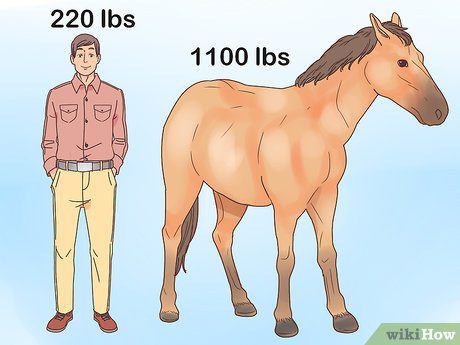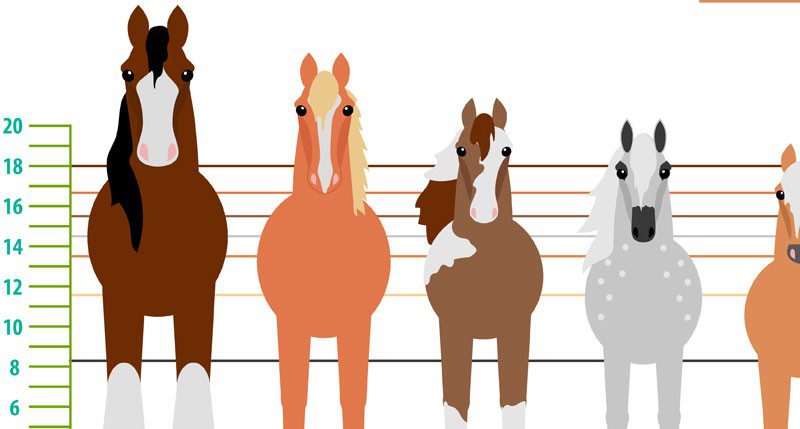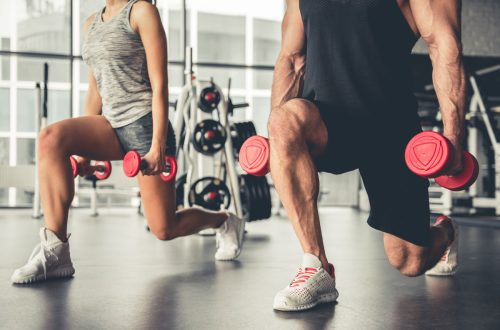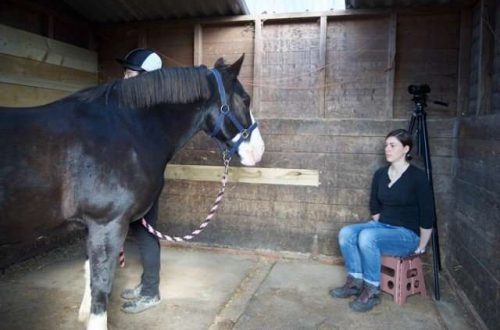
Choosing your horse…
Choosing your horse…
If you initially have the wrong idea about the purpose of acquiring a horse, about your own level of riding and financial possibilities, then a trip to the stable where the horse is for sale, in order to try it under the saddle, can be a waste of time.
On the other hand, if you get too excited about the upcoming acquaintance, you will not be able to concentrate and forget what exactly you wanted to find out, what you planned to ask.

Below we will describe the process of choosing a horse step by step. We will not include an examination of the animal by a veterinarian. The main thing in this article is the formation of your confidence in whether you want to buy a particular horse or not.
Step 1: gathering information
In a telephone conversation prior to a trip to the stable, be sure to check with the seller what size the horse is, what is its height at the withers, breed, color, age, gender, temperament, level of training, vices and bad habits? A conscientious seller should not mislead you!
Be honest with yourself, critically evaluate your own abilities. Do you plan to take part in competitions? What kind of competition will it be? Homemade or National level? If you plan to compete in triathlon, be sure to check if the horse has data for dressage and overcoming obstacles. Not all horses can develop equally well in both directions.
If you intend to keep a horse in your own garden, ask how the horse tolerates the absence of other horses nearby, whether he needs daily professional training.
Assess your real financial possibilities. You can ask the seller about the possibility of a discount or installment purchase, but there is no point in going and trying a horse under the saddle if you are not able to pay for it.
If you are not satisfied with any of the seller’s answers, then it is better to thank him for the conversation and refuse to visit – the seller’s time is as valuable as yours. If the collected information satisfied you, proceed to the next step.
Step 2: first meeting
Be punctual. If you are late or your plans have changed and do not give you the opportunity to arrive on time, be sure to notify the seller about this.
Here you are at the stable. Examine the horse yourself. Feel free to take the necessary measurements, evaluate the exterior of the animal.
If you find defects or features that you find unacceptable (rebuild, layout, etc.), do not hesitate to report your doubts to the seller. Don’t buy a horse that doesn’t suit you!
Step 3: gaits and working qualities
The seller must show you the horse’s three basic gaits and a couple of short jumps. Then he will ask you if you want to see something else. If the seller does not ask you such a question, ask him yourself. Ask to show you a change, increase, or lateral movement.
If at the stage of viewing the gaits you see that the horse, for example, has too short and poor movements, hurried steps, etc. (something you don’t like), don’t wait until it’s your turn to jump. Stop the show and tell the seller that this horse is not for you. You will save both your time and the time of the seller, and you will not needlessly strain the horse.
If everything suits you, go to the next step.
Step 4: Horse Trial Under Saddle
It is best to sit down from a stand or pedestal. This way you won’t make the horse uncomfortable and won’t overtighten the saddle. After getting into the saddle, make sure that you are comfortable in it, adjust the length of the stirrups. You can bring your own saddle with you.
The horse may get a little tired after jumping, so take a short walk first. During this time, you will have the opportunity to better feel the horse.
Don’t pick up the occasion and fly ahead just because you might think the salesperson is expecting you to do something. Do only what you personally need.
Specify how much leg the horse needs, whether he needs spurs or a whip. The fact that a horse is spurred in sport training does not mean that he is tight in the leg. And if you have a strong leg, spurs can only get in the way when working with an unfamiliar horse.
Raise the horse into a trot, then into a canter. Depending on its level, perform circles and circles of different diameters, transitions, some dressage figures: half circles, serpentines around barriers, changes of direction, even changes in the air (if both you and the horse know how to perform them). Do not complicate the tasks, check the horse not for strength, but for how willingly and calmly it makes contact with you and responds to messages.
If you don’t like something, don’t jump. Inform the seller of your decision and the reasons for it and complete the test drive.
If you feel positive about the arena work, go to the next step.
Step 5: Jumping
Start simple. Even though the horse is already warm enough, perform the first jumps over the crossbar from a trot. If they are successful, raise the horse into a canter and go to the cross once on both sides. Focus on the rhythm, the horse’s reaction to your commands, the length of his stride, straightness and self-confidence.
After you successfully work on single obstacles, move on to jumping in rows. Again start at the trot. Check with the seller for the optimal distances for this horse. Let the seller tell you about the existing nuances of overcoming obstacles by this horse, if any. The seller can visually assess how you work with the horse on the jumps. Perhaps she needs less leg or she needs to approach barriers at a wider pace, etc.
If time permits, step off the horse after riding. Don’t forget to thank the seller, the horse’s rider, groom or groom – they all helped you today!
If something went wrong on the jumps and you feel it was rather your fault as a rider, ask to come to the horse again or see how the seller or regular rider jumps on it. You can also go and see the work of the horse during his performance in the tournament.
The most common mistakes when buying a horse:
- Reassessment of the strength and capabilities of the horse (for example, requiring a young horse to change in the air).
- Being late for a meeting with the seller (this will not put the person in your direction and he may not give you a discount, which he may have included in the price).
- Testing a horse for strength on a trial ride.
Look for a horse that you feel comfortable riding. The level of the horse is a business. You can reach heights only when you and your four-legged partner can understand each other and tune in to cooperation.
Translation by Valeria Smirnova based on site materials http://practicalhorsemanmag.com/ (a source)





